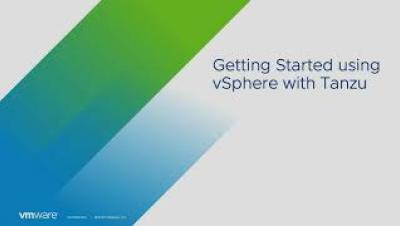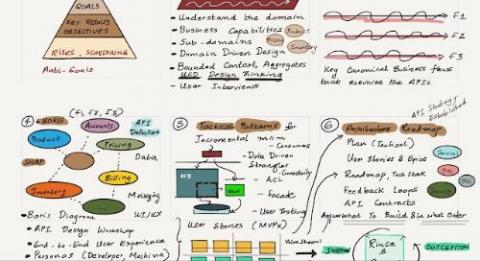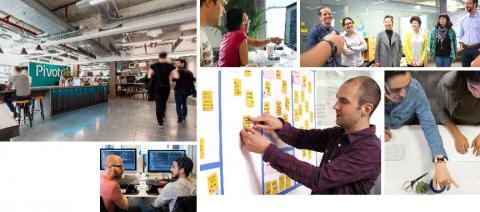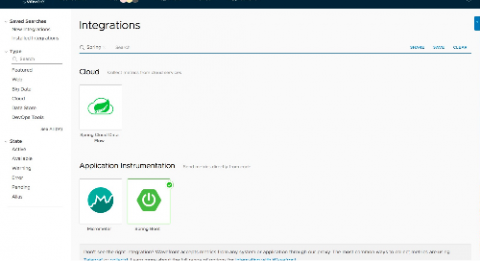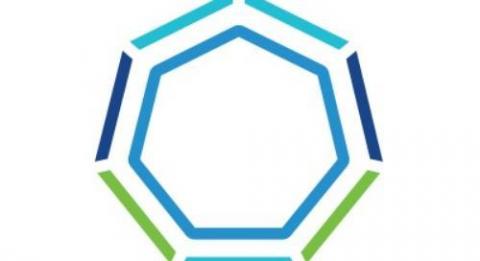Operations | Monitoring | ITSM | DevOps | Cloud
VMware Tanzu
How to Get Started Using vSphere with Tanzu for Tanzu Basic and Tanzu Standard
Simplify Your Approach to Application Modernization with 4 Simple Editions for the Tanzu Portfolio
We recently announced four new VMware Tanzu editions, each of which packages capabilities of the Tanzu portfolio into a solution that directly addresses a single, common customer challenge. Your effort to modernize applications is already complex. Tanzu editions simplify your access to the tools you’ll need to move forward. Before walking through each of the four new editions, it’s important to first call out the characteristics that are common to all of them.
Kubernetes as a New Standard for Infrastructure Management
For IT teams inside large organizations used to managing any number of operating environments, Kubernetes is a breath of fresh, standardizing air. Forget its origins, forget any excitement over containers or microservices, and forget the sprawling ecosystem of related projects. What has some folks charged with managing Kubernetes deployments really excited is the prospect of managing all application infrastructure essentially the same way.
Tanzu Tuesdays - Let's Build a Twitch Bot! with Spring Boot and Project Reactor with Brian McClain
6 Steps to Successful Mainframe Modernization
Mainframe modernization is typically viewed as a multiyear, transformational journey that requires long planning phases and a massive buildout before any returns can be realized.
Need to Kickstart Your Digital Transformation? Start By Changing Your POV
We hear the terms all the time: agile, transformation, developer productivity, employee happiness. Unfortunately, transformation that improves both product and delivery—and that is continuous—can be challenging. Meaningful evolution is hard when everybody involved comes into a transformation process with all sorts of biases deeply embedded.
Instant Insights for Troubleshooting Your Spring Boot Applications and Spring Cloud Data Flow Pipelines
Looking for a way to proactively troubleshoot complex application performance issues? Look no further than Tanzu Observability by Wavefront, which provides easy data ingestion and preconfigured dashboards and can be set up with Spring Boot and Spring Cloud Data Flow (SCDF) integrations.
VMware Tanzu Build Service, a Kubernetes-Native Way to Build Containers, Is Now GA
VMware Tanzu Build Service, a completely new way of building and managing application containers for Kubernetes, is now generally available. You can download an evaluation copy on Tanzu Network today and build your first container in just a few easy steps using our guide. Although Kubernetes ushered in a new era of container-based applications with microservices architectures, the way that containers are built and maintained did not evolve much.
SpringOne 2020: Day 2 Recap and Highlights
How can you best enable developers at your enterprise? That was the question asked, and answered, by main stage speakers on Day 2 of SpringOne. Read on for the highlights!



